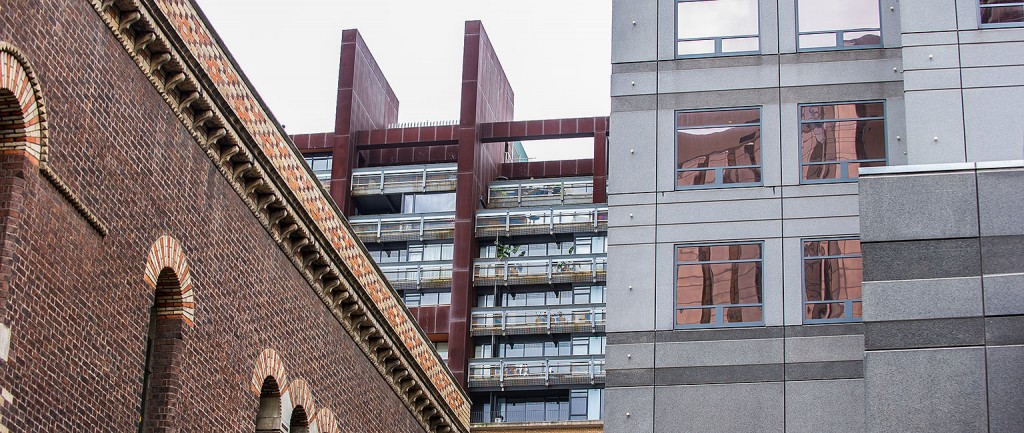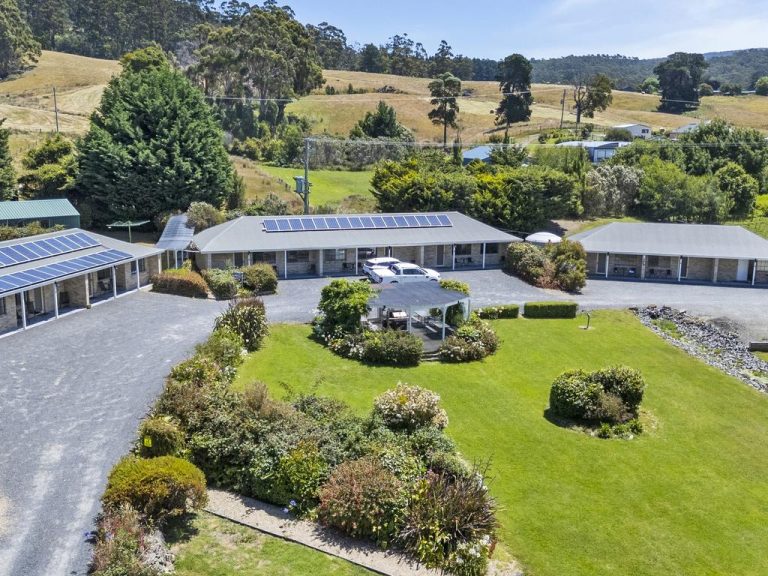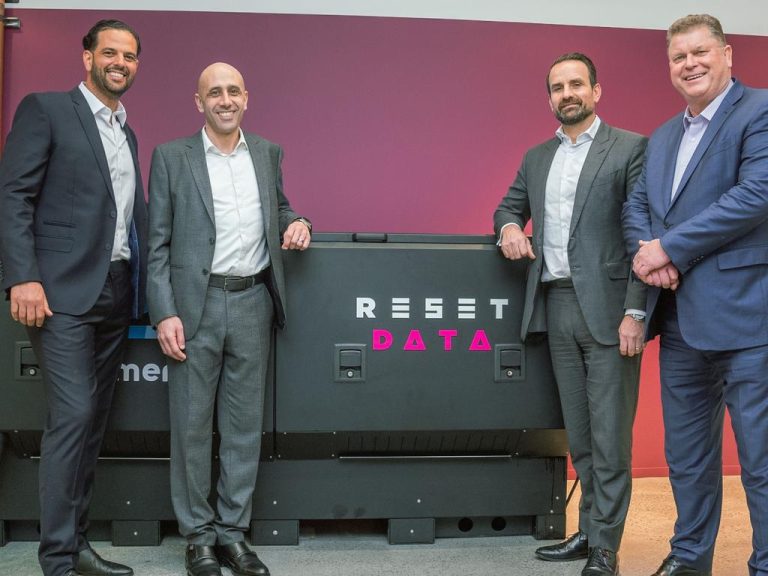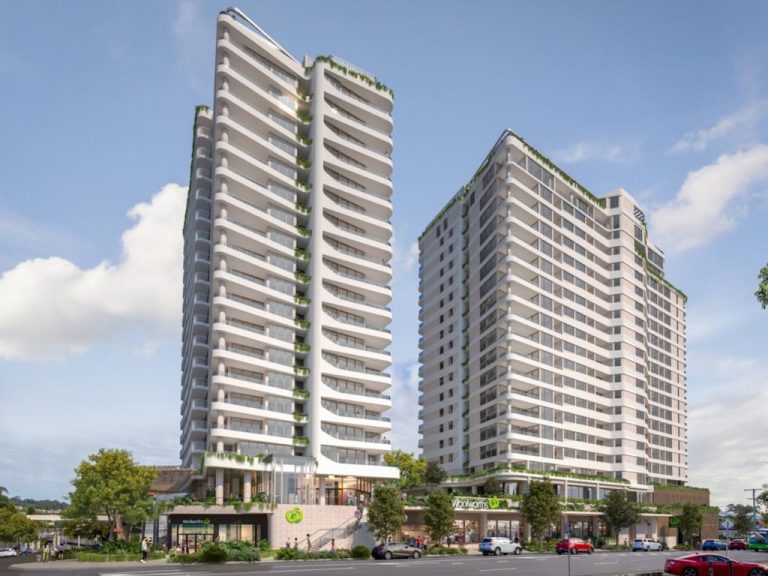Australian office temperatures stuck in the ’50s

Australian office users are blowing millions of dollars into the air each year by keeping their air conditioning set at 1950s levels, an expert says.
While much noise has been made about improvements to modern office design and efficiency, Savills Australia’s national head of research Tony Crabb says Australia’s obsession with having its workspaces heated and cooled to a precise temperature is costing it dearly, both financially and environmentally.
And Crabb argues that the research upon which that pre-determined temperature is based is now more than 60 years old.
“It turns out that we heat and cool the built environment to a fixed 22 degrees. Why? Because it is the thermal comfort level of a 44-year-old man, which was determined by the Americans in the 1950s. I kid you not,” Crabb says in a presentation posted online knowledge hub TED.
“This is an arbitrary point that makes little sense and which costs governments and industry millions of dollars a year, to say nothing of the impact on the environment,” he says.
Crabb highlights a United Nations experiment in 2008 as an example of how large offices could be far more efficient by adjusting their temperature by only a few degrees.
The ‘Cool UN’ trial saw the UN’s New York building temperature increased from 22.2C to 25C across most of the building, with heating, cooling and ventilation systems also shut down on weekends, for an entire month.
Later, the monetary savings alone were estimated at more than $135,000.
Crabb says the notion that buildings need to be kept rigidly at 22C is archaic, and called on governments and companies to make a change in the interests of social responsibility.
“In Australia some 40% of our energy is consumed in the built environment and a large amount of that energy is used in heating and cooling. The question is: why wouldn’t you adopt some flexibility with regard to your air-con temperature settings?” he says.
“If we did this in Australia in office buildings and shopping centres, it would save a hundred million dollars and three hundred thousand tonnes of carbon emissions per year and it would not cost a cent.”
“Now let’s run that out through all the other property in the country, including residential, and then run that out around the world and we are talking billions of dollars and millions of tonnes every year.”







